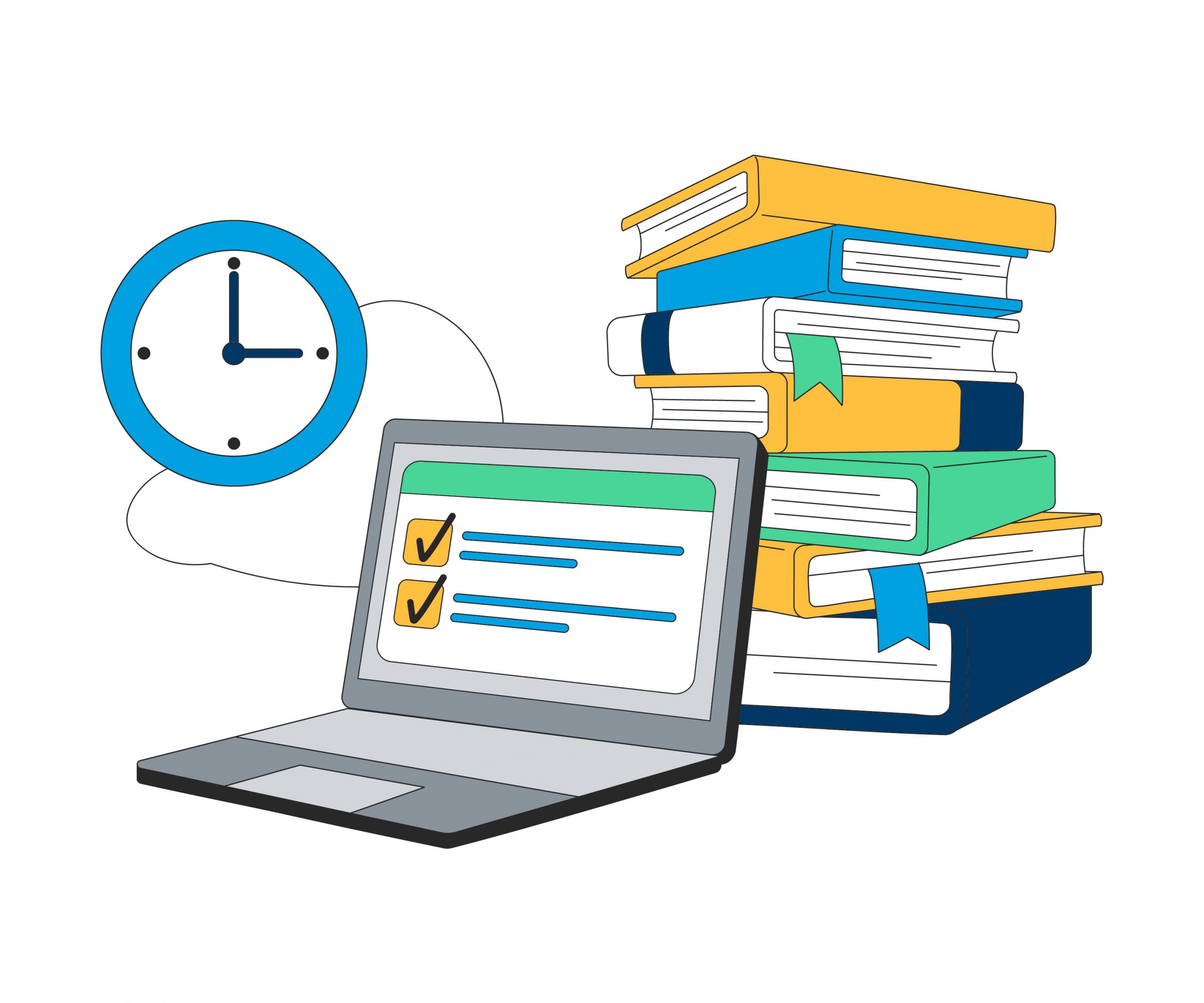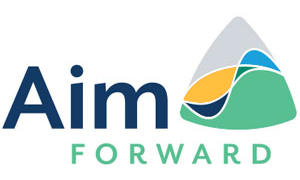This blog post is one of three blogs written for parents looking for ways to support their child’s learning. In this blog, we will focus on reading support for students, but all three blog posts explore ways you can help your child with their study skills, including writing and revision.
The two other blogs are:
The importance of reading support for students
Studying is a skill that some students pick up easily and develop strategies that work for them. However, for many other students, more conscious thought might be needed to develop these specific study skills. This is particularly true for students with a neurodivergence like autism, ADHD or dyslexia.
Study skills tutors can help your child based on their specific needs, but there are also many things you can do to help your child, whether they have had a formal diagnosis or not.
Reading support for students can be overlooked in exam preparation, but it is a critical area to focus on. Students must be able to read and understand the texts required to study for the exam and the questions on their exam papers.
Here are several strategies you can implement to help your child prepare for their GCSEs and A-levels.

Practice reading age-appropriate texts
A dual reading strategy can help your child read and understand the texts they will be expected to be familiar with for GCSE & A-level exams.
For example:


To emphasise the importance of reading support for students, English GCSE text is set at a reading age of 15 years and 7 months, but the average reading age of students when they sit their GCSEs is likely to be around 13 years.
Practice skimming and scanning skills
Skim reading and text scanning are strategic methods that involve quickly reading information to identify the main ideas in a text. They are necessary skills for children to succeed in their GCSE & A-level exams. For students who struggle with text tracking, visual stress or speed of information processing, skim reading and text scanning can be challenging skills to learn.
Your child likely already practises skimming and scanning on their mobile phones and social media. This can be a good place to start explaining these methods and encouraging them to apply the skills to bodies of written text. You can also use newspaper articles, magazines and website content to provide practical examples.
Skim reading and scanning tips

-
- This gives your child a ‘big picture’ that they may find easier to grasp before moving on to the details which they may find challenging.
- Encourage them to read the title, subtitles, subheadings, and bold and italicised words, for context. Remember these are all important and provide clues to the main idea and purpose of the text.
- Prompt them to look at pictures, images, logos, tables, or graphs for further information.

-
- This is an important technique that they will need to use in their exams.
- Encourage them to use the layout of the text, or features within the text (italics, bold etc.) to find keywords.
- Remind them to move their eyes quickly across and down the text until they find the word or quote they are looking for.
Subscribing to a blog or magazine on an interesting topic could help your child practise these techniques. You can set them mini quizzes on the content, and see if they can improve the time it takes them to skim and scan the text for information.
The Week Junior is a current affairs magazine for children aged 8 – 14. It includes a mini quiz with questions on the content of each issue. This is a great way to encourage the practice of skimming and scanning. It can also broaden the types of text your child is exposed to, without the distractions and difficulties associated with other age-appropriate texts.


Practice summarising skills
Developing summarising skills is important for two reasons:


Tips for practising summarising skills



If they find reading the text challenging, there are other methods you can try. For example, you could watch a short programme or listen to a podcast together. a. You could then each produce a written summary and compare notes.
This is a great way for them to practise summarising content in their own words and allows you to model other information they might have missed and discuss why. Using video and audio content will allow them to focus on developing their summarising skills, and transfer these skills to written text and practice exam papers at a later date.
Newsround is a BBC children’s news programme for children aged 6-12. Each week, there is a 10-minute podcast on a variety of topics. As this content is aimed at a younger age group, it can allow your child to focus on developing summarising skills while removing other difficulties.
Support improving reading speed
Several techniques can help increase your child’s reading rate, which is important for exams. Try these approaches below using simple texts to see what works for them:




There are many free speed reading tools that provide reading support for students and help improve their speed reading. Two of the most commonly used free versions are:


Explore which assistive technologies may work for your child
There are multiple pieces of software which could support your child with their reading. They work with your computer to read text aloud from documents, the internet or scanned books. Most laptops and PCs have free inbuilt versions of this technology, but you can also access paid versions with more comprehensive features.
The impact of a neurodivergence or mental health condition can greatly impact your child’s ability to read and review text. Assistive software can help remove some of these barriers, speed up the reading process and allow your child to focus on comprehending the text, rather than losing their place, or re-reading text. This can help to:

Finding the right assistive software can be challenging. You need to take into account what strategies your child currently uses and likes, and which software can be easily picked up and regularly used. You will also need to factor in what budget is available if you want to purchase more comprehensive software.
Explore personalised support for your child
At Aim Forward, we provide personalised support, including bespoke needs assessments for children aged 14+. This assessment can help you to look for recommendations and support to help your child excel in their studies.
A needs assessment is an informal meeting with our friendly experienced neurodiversity assessor and your child, which you are encouraged to attend. Together we will explore your child’s strengths, weaknesses and the impact of any barriers they may be facing as a result of their neurodivergence or mental health condition. You will co-create strategies to overcome these barriers, which might include assistive technology, software, apps and reasonable adjustments that could be put in place to support independent study.
The needs assessment is followed by a bespoke report exploring any difficulties your child may be facing in skills like reading, and creating strategies to overcome this in their independent study.
Get in touch today to find out more about our needs assessments, and how Aim Forward can help your child create solutions to shape their future
For the latest information, tips and tools on neurodiversity and mental health, sign up for our newsletter today.
We are also offering a free webinar to help empower neurodivergent students through their exams and how parents can help. If you’ve got a child going through their GCSEs, AS or A Levels, sign up below!


